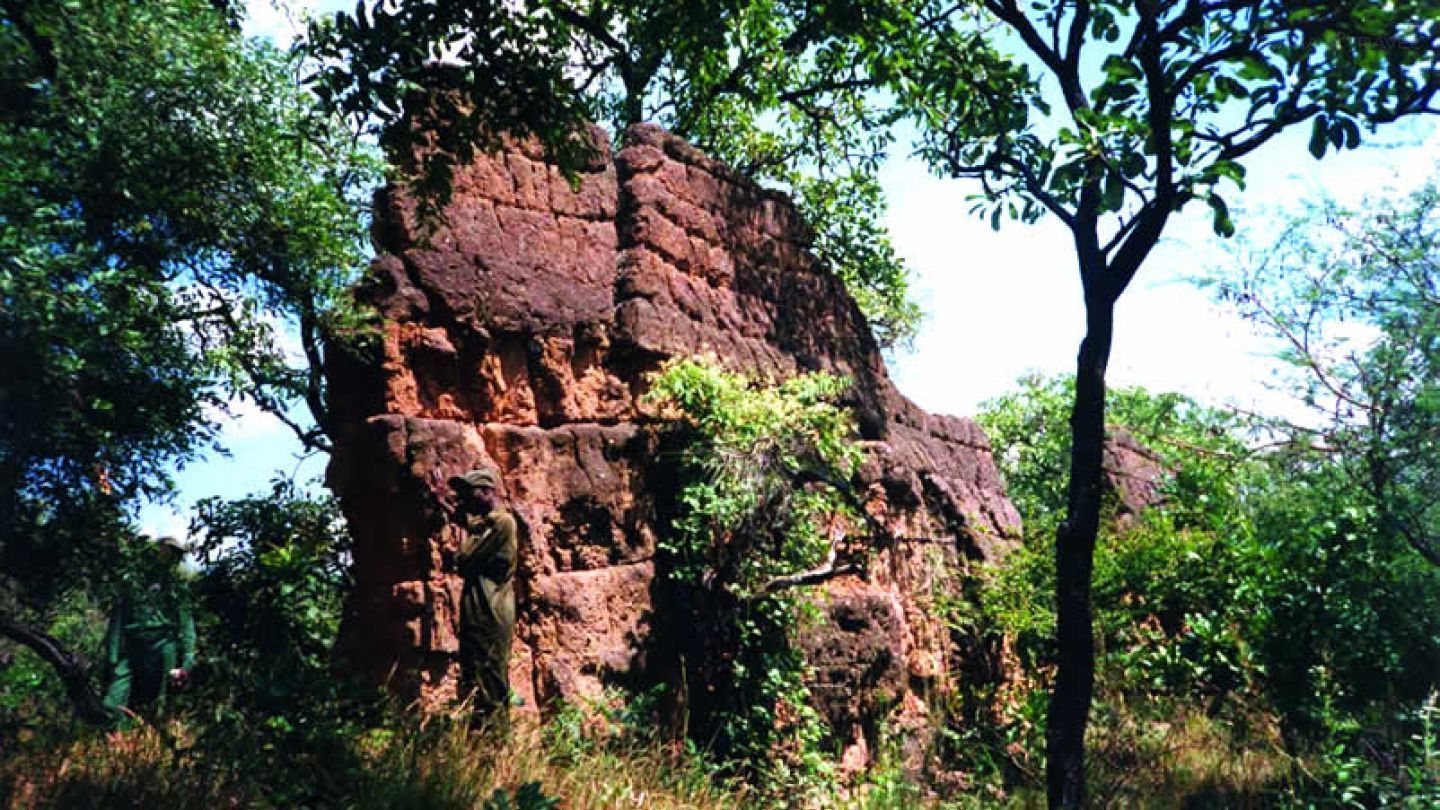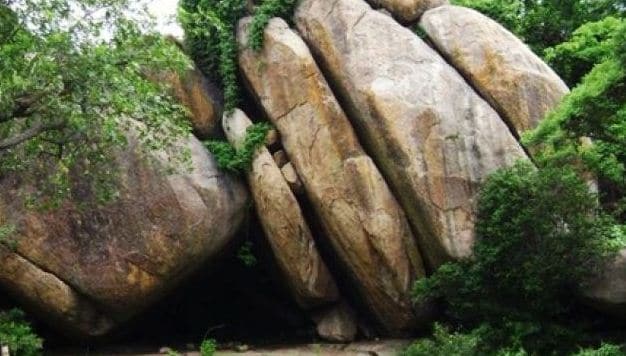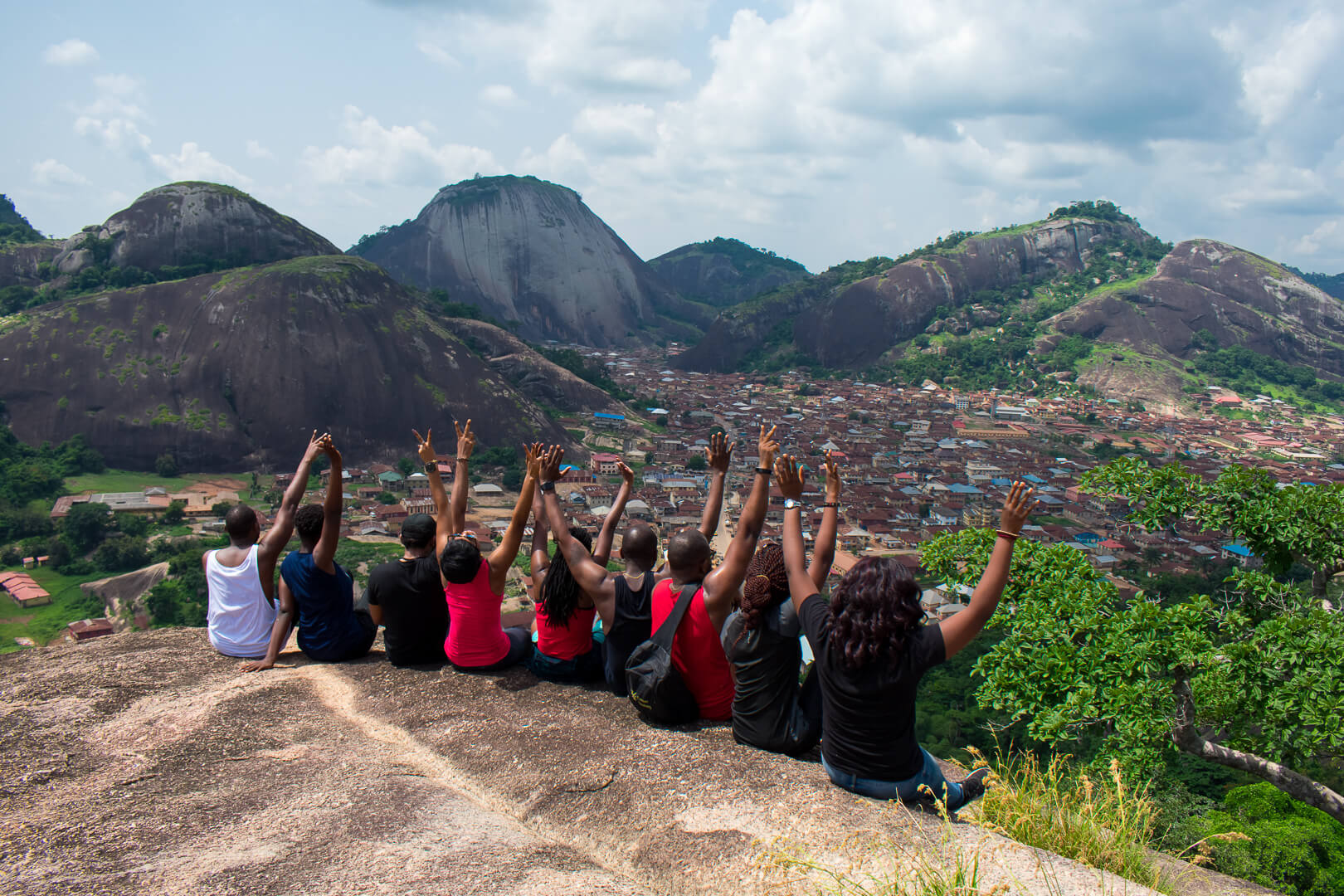Nigeria is a country blessed with stunning sights and noteworthy edifices. They occur in every geographical region of the country—as though nature ‘knew’ that each region needed something to brag about.
Read more about Did you know?
The United Nations Educational, Scientific, and Cultural Organization (UNESCO) keeps a list of such places from across the world. It calls them World Heritage Sites. Some, like India’s Taj Mahal or the Athens Acropolis of Greece, are man-made structures. Others, such as the USA’s Grand Canyon or the Jurassic Coast in the United Kingdom, are wonders of nature.
Nigeria has fourteen sites, comprising man-made and natural landscapes, on the UNESCO tentative list. This means they aren’t in the category of the other sites mentioned above—just yet. But Nigeria could put in a bid to have them recognized as such.
Here are those fourteen sites, listed in no particular order.
Sungbo’s Eredo

This historic system of structures is located South West of Ijebu Ode in Ogun State. It is a defensive fortification comprising 160 kilometers of walls and ditches, built between 800 and 1000 AD. The name ‘Sungbo’ comes from the noblewoman, Oloye Bilkisu Sungbo, in honour of whom the structure was built.
Old Oyo

This is the site of the old city of Oyo, which was deserted in about 1837. It contains the remains of a palace compound, outer walls and ditches, cisterns, guardhouses, and mud buildings. Today, old Oyo (or Oyo Ile) is contained in a national park, which straddles Oyo and Kwara states.
Kwiambana

The ruins of the old Kwiambana settlement now lie in a national park that bears its name. The area is marked by mud structures and stone walls. An ancient town, it was destroyed during the Fulani Jihad of the 19th century. The Nigerian government submitted the site to UNESCO as a potential World Heritage Site.
Oban Hills

This range of hills is situated in the southern part of the Cross River National Park, in Cross River state. These rugged hills rise from about 100 meters in the valley area to more than 1,000 meters in the mountainous regions. The dense greenery of the area constitutes the largest unexploited lowland rain forests in Nigeria.
Niger Delta Mangroves

The mangrove forests of the Niger Delta are home to diverse plant and animal life, many of which are yet to be fully explored and documented. The Nigerian government submitted these forests to UNESCO as a potential heritage site in 1995.
Gashaka-Gumti National Park

This park stretches over 6,000 km2 of lowland savannah in its northern parts and wooded mountains in its southern reaches. Two of Nigeria’s highest peaks, Chappal Wadi and Chappal Hendu, are located within this area. The wildlife there is diverse and unique.
Idanre Hill

Located in Ondo State, the Idanre Hill (or Oke Idanre) rises to 3,000 ft above sea level. It’s one of the stunning natural structures in the country. Millions of years ago, the location was alive with volcanic activity; the hills and its environs are a product of that ancient activity.
Arochukwu Long Juju Trade Route

The Arochukwu Long Juju Slave Route is a six-foot gulley that leads to the shrine of Ibini Ukpabi. In the past, the Long Juju shrine was the judgment place for people who were believed to have committed crimes. It was a key site in the old days of the Aro Confederacy.
Kano City Walls

The ancient Kano city walls began to be built a thousand years ago. At the height of Kano’s power, the city wall had a 14 km radius, rose 30 feet above the city wall, and was 40 feet thick. Today, not much is left of this fortification.
Surame Cultural Landscape

This monument is located in Sokoto State. It was once the center of a thriving kingdom, which had its capital there. Signs of the old glory of the town can be seen even today. Walls, walls, and potsherds can be found in the 9 km area which the ruins cover. Surame was abandoned in 1700 when the capital of the kingdom moved to Birnin Kebbi.
Alok Ikom Stone Monoliths

The Alok Ikom monoliths can be found in more than 30 communities. These stones stand facing each other and forming what appears to be a circle—except in areas where the structures have been tampered with. The monoliths are decorated in geometric and stylized human features.
Ogbunike Caves

Located in Anambra, the Ogbunike caves have held religious significance for the local people who visit them. The main cave is a large structure that is 5 meters high, 10 meters wide, and 30 meters long at the entrance. The site has a network of tunnels connecting them. A stream flows from one of the tunnels into the nearby river Nkissa.
Cross River-Korup Takamanda (CRIKOT) National Parks

These national parks are in Cross River state and extend into Cameroun. Its eastern boundary is the Sanaga River in Cameroun. The area has diverse scenery, ranging from mangrove swamps to savannah, and a pristine rain forest. The flora and fauna ecosystem in the area has been the subject of research for biologists for a long while.
Lake Chad Cultural Landscape

Lake Chad is a large body of water that has territory held by four countries: Nigeria, Cameroun, Niger, and Chad. Currently, it stretches 17,000 km2 across these regions and supports the fishing villages located on its banks, as well as on its many islands.
Final Words
There’s still some way to go before these locations move up the tentative list of World Heritage Sites and become recognized as important sites for all of humanity. The ball is in the court of government to push for these places to attain that status.
Featured Image Source: Funmi Oyatogun
Got a suggestion? Contact us: [email protected]


